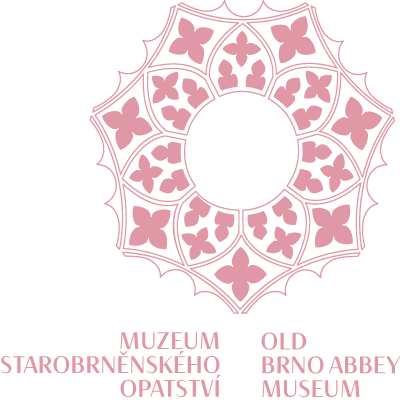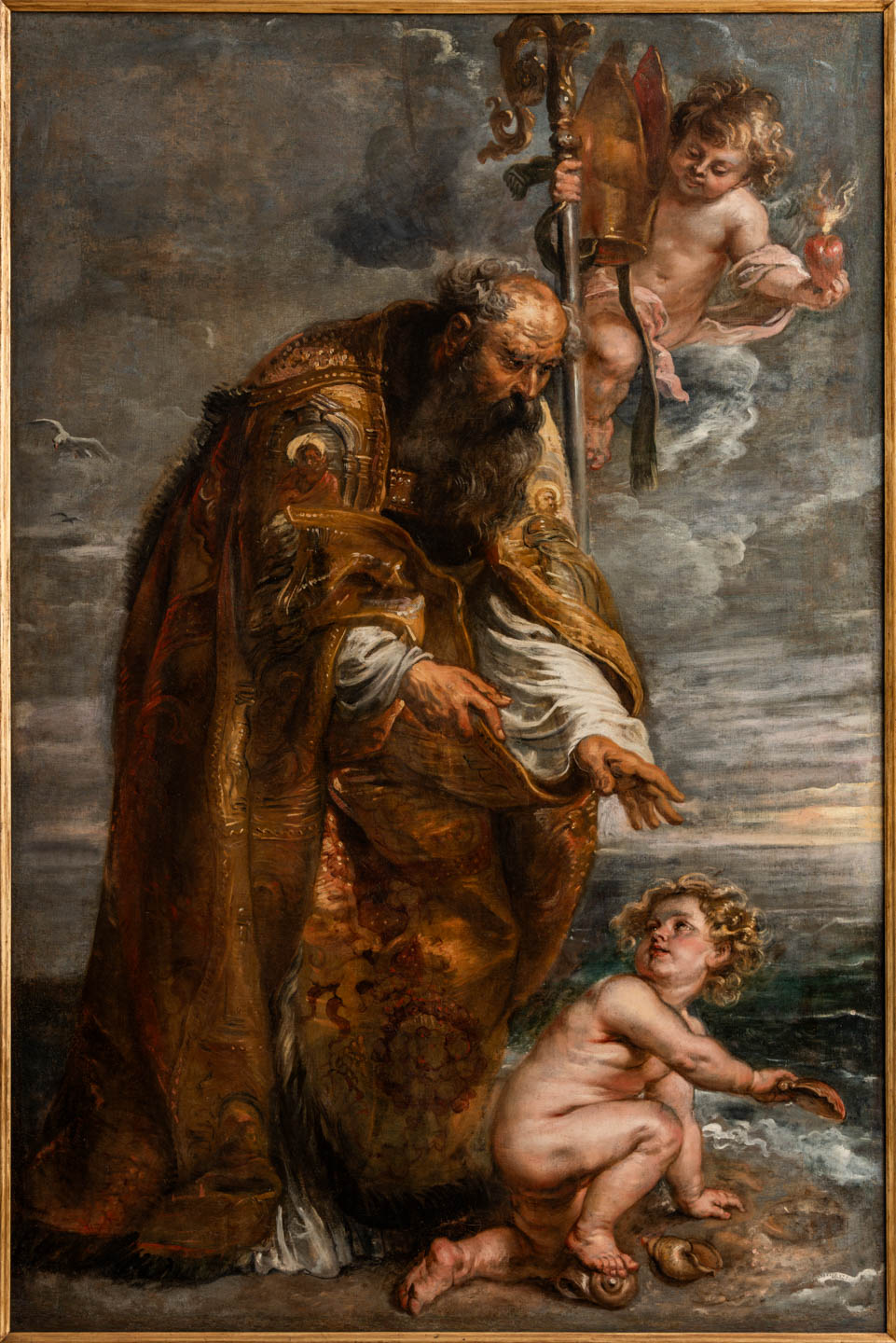St. Augustine
Peter Paul Rubens | 1636–1638 | oil on canvas, 232 x 153 cm
Peter Paul Rubens (1577 Siegen – 1640 Antwerp) became famous as an excellent painter, in whose workshop a staggering number of works were created, which were highly valued already by contemporaries and have influenced the artistic opinion not only of the whole epoch, but also of subsequent centuries. An erudite and versatile artist, he ran a thriving workshop and mastered several languages, which he used in his successful diplomatic missions, which were entrusted to him in the turbulent times of the first half of the 17th century. His foreign trips he put to good use not only in his own work, but also in other areas in which he became famous, such as architecture, numismatics, history, philosophy and intensive collecting activities. In his youth, he converted to the Catholic faith, which to some extent predetermined his life journey, but above all his distinctive artistic expression. He received his first training in the art of painting in Antwerp, where he studied under several masters, of whom probably the greatest influence was exerted on young Rubens by Otto van Veen; a painter and humanistic scholar, focused not only on painting but also on literary work, who became, to a certain extent, a role model for the gifted young man In the genesis of Rubens’ unique painter’s manuscript, the stay on the Apennines Peninsula (1600–1608) became the artist’s primary decisive influence, while the Venetian canvases of Titian, Tintoretto or Veronese were his inspiration for working with color as a bearer of artistic expression, and in Mantua and Rome he benefited mainly from ancient monuments, from the works of Andrea Mantegna, Giulio Romano, Michelangelo, Raphael and, last but not least, from contemporary art production. After returning to Antwerp, he was able to capitalize on the experience gained, thus advancing to a special position among Flemish artists, to which Rubens’ appointment as court painter (1609) of Archduke Albrecht VII of Austria and his wife Archduchess Isabella Eugenia Clara of Spain also contributed. Rubens’ studio, which has become one of the most successful in all of Europe, has benefited not only from Rubens’ extraordinary artistic talent, but also from the ties he has established across the sovereign rulers’ courts of Europe, as well as in the ecclesiastical circles and among aristocratic elites, leading scholars and the forefront personalities of overseas trade, the stock exchange or the banking business. Among his clients were, among others, the kings Charles I of England and Philip IV of Spain as well as Mary of Medici the Queen of France. Since the 1620s, the canvases created at the Rubenshuis have been an exclusive means of representing the social and economic status of their owners and have traveled to many important capital cities such as London, Paris, Madrid or Prague.

